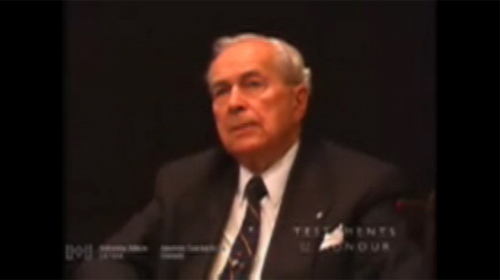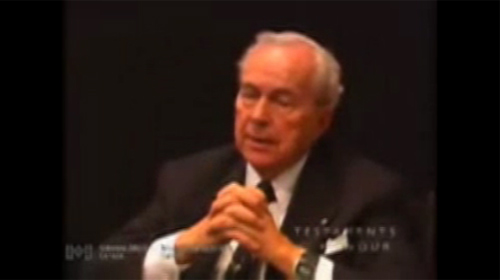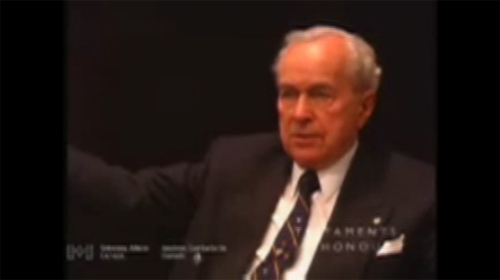Flying Operations
Heroes Remember
Flying Operations
The fighter pilots of which we were a part stuck together,
they would not really cohabit with or deal with bomber pilots.
The bomber pilots were over there. And we had, in order to do our
tour we had to do a hundred and thirty-five missions...
During the winter I finally did get on operations, they finally
allowed me to go, and it, it worked very well. And over the
winter we had a lot of experience in terms of going across the
channel and we began to photograph either vertically, we had
cameras underneath or out the side, we began to photograph
what we were told were, we...the code name was "noball" sites.
N.O.B.A.L.L. We didn't know what they were but they were,
they looked, looked like a hockey stick in the middle of a big
copse of trees in France. And the bombers would go in daylight
and attempt to hit these things and then we would come across and
photograph the result of the bombing. And... but no one told us
what these things were. But they were high, high priority
targets. We also did "rhubarbs", that is just go across and
usually four aircraft, we never operated with more than four at a
time, and strafe whatever we could see on the roads or rail,
trains or whatever. Those were called "rhubarbs." (Why?)
Well that is, this is the code names. Just the code name
of the operation. And so this was our method
of attacking the Hun in his locus in France.
Related Videos
- Date modified:






